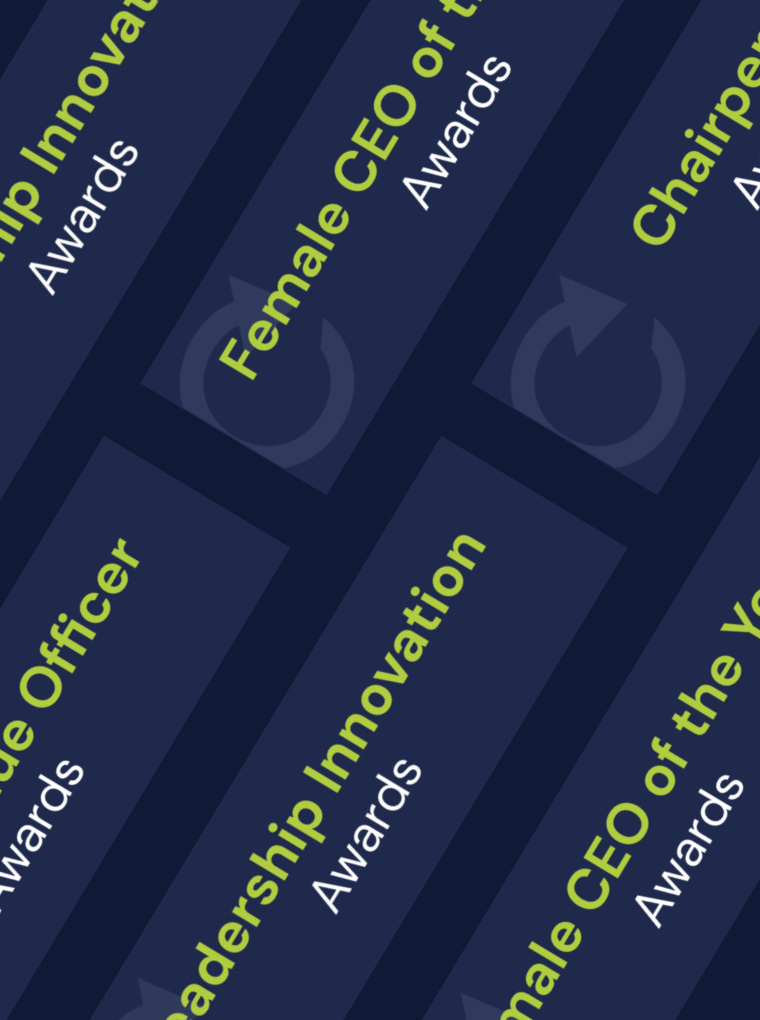Why Your Digital Transformation Strategy Needs a CTO
By Garry Hamilton, Chief Growth Officer and Founder, Equator
We live in an era when intelligent technology is essential for high-growth businesses – but investment alone is not enough.
Organisations must go beyond updating their digital systems. Without delivering an integrated digital ecosystem and a change management structure to support it, digital transformation programmes will not realise their true potential.
At its heart, digital transformation is a root-and-branch review of people, processes and technology. Handing the plan to the IT team won’t cut the mustard. Organisations need an equal parts technology expert, skilled communicator and visionary. That individual is the Chief Technology Officer (CTO).
Historically, the first phase of tech investment is delivered by internal teams led by an IT manager reporting to a CFO. However, a CTO is critical to successfully pivoting from implementing IT projects to creating a vision for digital transformation.
Similarly, a CIO is usually focused on corporate IT, risk and compliance and may struggle to pivot to the diverse requirements of the CTO role.
The transformation process is often complex, balancing long-term goals with short-term needs and customer expectations with efficiency gains. The starting point is a detailed digital strategy as the reference point to define the clear expectation of a CTO.
Some of the primary elements of the remit include:
Creating business value and growing margins
Setting long-term vision
Developing technical aspects of business strategy and aligning them with goals
Finding and implementing tech that yields a competitive advantage
Helping departments use technology profitably
Building quality assurance and data protection processes
Monitoring KPIs and IT budgets to assess technological performance
Even that list isn’t exhaustive. It’s also the CTO’s job to gather feedback from all stakeholders to improve the use of technology.
Five traits of a great CTO
To handle all these tasks, a good CTO needs to be several things simultaneously:
1) A great communicator – They can effectively talk to internal users, partners, investors, clients and others, aligning teams around goals and gaining support to achieve them.
2) A strong leader – Excellent leadership skills enable a CTO to implement the strategy effectively. Negotiating the way forward, securing investment, and inspiring staff are all crucial to success.
3) Be visionary – Good CTOs must keep up with industry trends and the latest technologies to stay ahead of the competition and remain competitive.
4) Commercially astute – Solid knowledge of complex projects, budget allocation and software licensing are crucial to a successful CTO. They must optimise project delivery based on the organisation’s needs.
5) A technology expert – Many of the best CTOs start their careers as engineers or coders, so they understand the various technologies used in the organisation.
The importance of a CTO in leading a digital transformation programme cannot be overstated. Once the need for change has been identified and a clear direction defined, filling this position results in more stable and sustained programme delivery. Putting a CTO in charge of delivering fundamental change to your business can feel daunting. But with the right person in place, supported by the best experts, it doesn’t need to be.


Stay updated with our latest publications.
Discover Issues
See how we can help you grow in the online space!
Advertise With Us
We can help promote your business.
Find Out More



